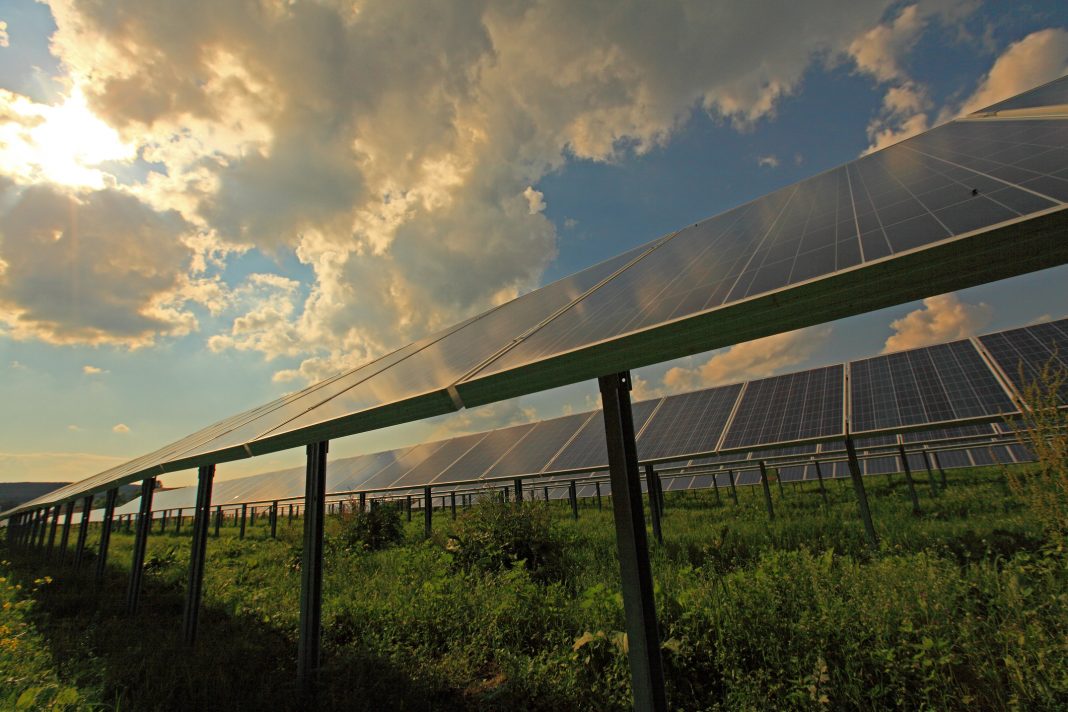Only 13% of thermal energy in Europe is produced by renewable energy sources and 40% from natural gas alone(1). Therefore, unlocking local, green-produced, sustainable heating now is a must
The heating of our buildings needs to make a fast, green, and socially responsible transition. Currently, 50% of EU’s energy consumption goes to heating and cooling and most of this is for space heating.
The EU is currently facing three major crises, all impacting how energy is acquired and used. Firstly, climate change and the Paris Agreement has underlined the need for phasing out fossil fuels in the energy mix for staying below 1.5° Celsius of global warming. Secondly, growing energy prices and energy-inefficient buildings are making more than 125 million Europeans living in energy poverty(2).
Lastly, energy import disputes with Russia due to the war in Ukraine are calling for new energy sources and more efficient energy use. With uncertainty on future energy supply, the severity of winters to come and climate change, actions for securing local, green and energy-efficient energy must be taken.
The European building sector will play a crucial role in mitigating this storm, as heating in Europe is dominated by natural gas and oil in boilers and district heating. Luckily, there is a massive potential for new green energy sources to be utilised in district heating, which policymakers should be aware of.
Potential for renewable heating
The potential for renewable heating can be found in the rollout of individual heat pumps and fourth-generation district heating. It is estimated that district heating cost-effectively can deliver 50% of Europe’s heating supply with current technologies due to its ability to tap into current unused renewable energy sources(3). The potential for using these sources within the EU is massive.
When looking at other sources than wind and solar energy, a long list emerges that district heating grids can be powered by tomorrow. The list includes sources that uses heat pumps such as:
- Surplus heat from data centres, industrial processes, supermarkets, and future Power2X facilities.
- Geothermal energy.
- Heat from lakes, drinking water and wastewater.
- Large air-to-water heat pumps.
And other sources as:
- Energy storage as hot water from renewable energy sources under peak production.
- Waste incineration.
- Biomass.
- Biogas.
In line with the Paris Agreement goals, using the above sources can cost-effectively create heating for 50% of Europes citizens, where only 10% needs to be produced by natural gas in peak load periods(4). As an example, can surplus heat alone deliver 25% of the needed energy for district heating, which is energy that we currently just waste… This is in sharp contrast with today’s energy mix in the heating sector, where more than 50% comes from fossil fuels.
However, politicians need to get engaged NOW for combatting the climate crisis, rising levels of energy poverty, and dealing with energy security. The solutions already exist with sustainable heating, so let’s get started. Which levers to pull
The EU is already heading in the right direction by enhancing ambitions through the Fit-For-55 package and, recently, RePower EU strategy. Raising ambitions within the Energy Efficiency Directive and Energy Performance of Buildings Directive are necessary steps for seeing widespread changes in the member states. However, within the proposed legislation, more can be done. Therefore, we here propose how the EU can unlock sustainable heating in Europe now:
- Secure mandatory heat planning in European cities, which must be thought together with energy planning, for the utilisation of surplus heat and energy storage into district heating grids.
- Building renovations should be pursued in zonal approaches for enhancing the investment willing- ness of renewable energy-based district heating grids more rapidly.
- All building renovations must at least secure low-temperature readiness for enhancing the rollout of individual heat pumps and renewable energy-based district heating grids.
- Securing mandatory hydronic balancing of buildings heating systems when new heating equipment is installed or energy inspections is performed for quick, cheap, and effective heat system optimisation.
- Setting clear demands and targets for the reuse of surplus heat from data centres, industry, and supermarkets.
- Defining and benchmarking data- centres on key sustainability indicators, such as surplus heat reuse if possible.
Grundfos iGRID as a key player
Grundfos is ready to take a key role in unlocking sustainable heating with its iGRID solution for district heating. By securing demand-driven tempera- tures in district heating grids, iGRID enables district heating companies to lower temperatures and much more effectively utilise heat pumps combined with renewables and surplus energy.
References
- HeatRoadMap Europe, Heating and Cooling Energy Demands, https://heatroadmap.eu/heating-and-cooling-energy-demand-profiles/
- https://ec.europa.eu/energy/eu-buildings-factsheets-topics-tree/energy-poverty_en
- HeatRoadMap Europe, https://vbn.aau.dk/ws/portalfiles/portal/288075509/HRE_Quantifying_the_low_impact_of_the_low_carbon_heating_and_cooling_roadmaps_Executive_Summary.pdf
- Ibid.

This work is licensed under Creative Commons Attribution-NonCommercial-NoDerivatives 4.0 International.











